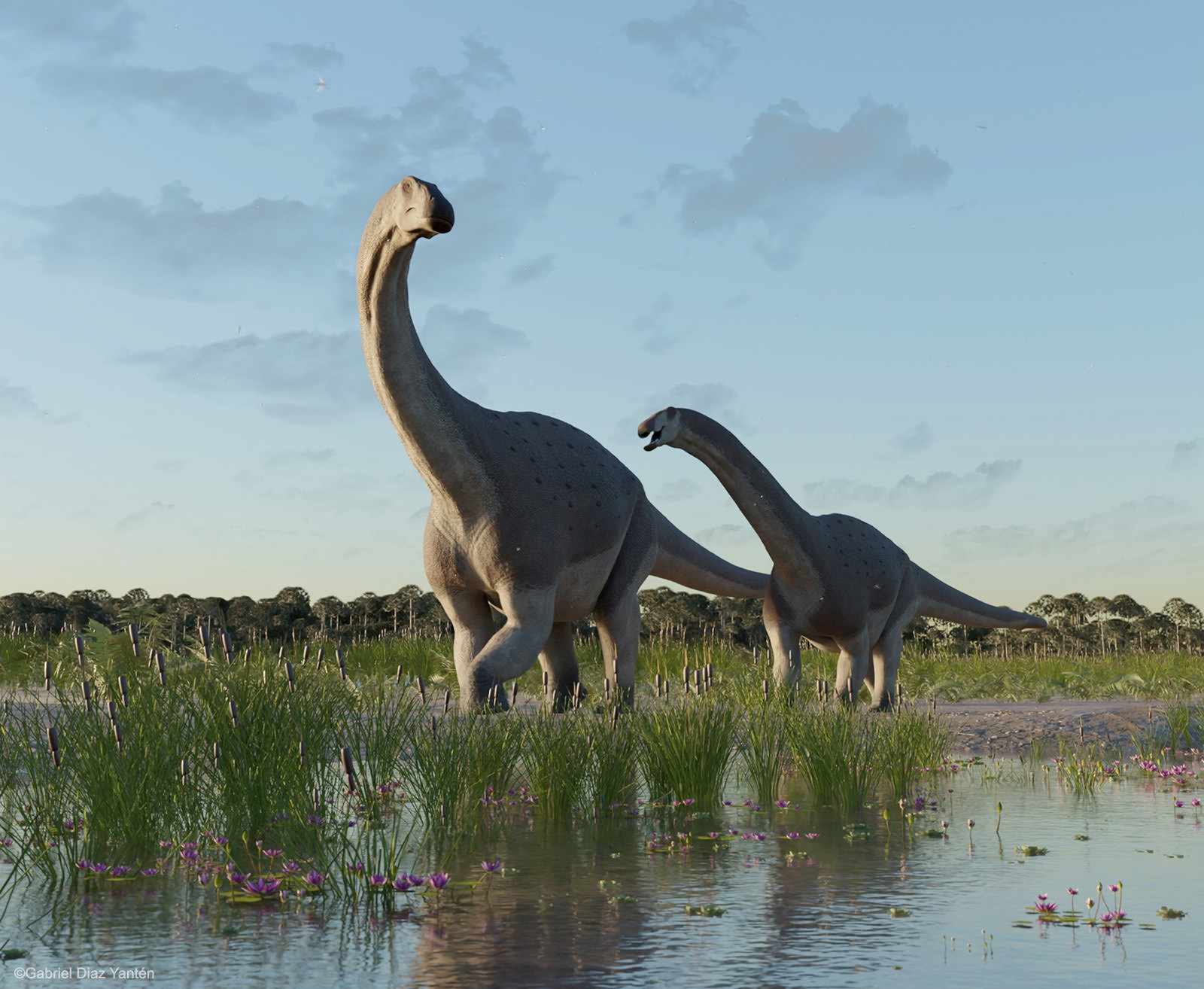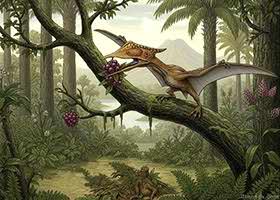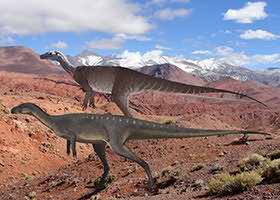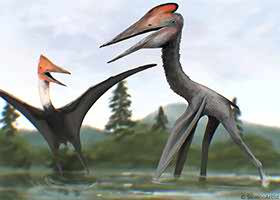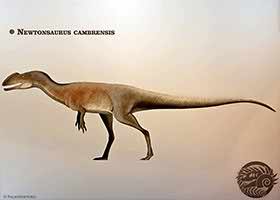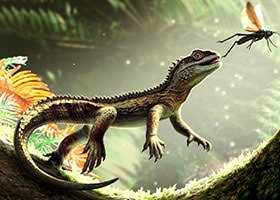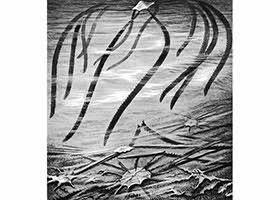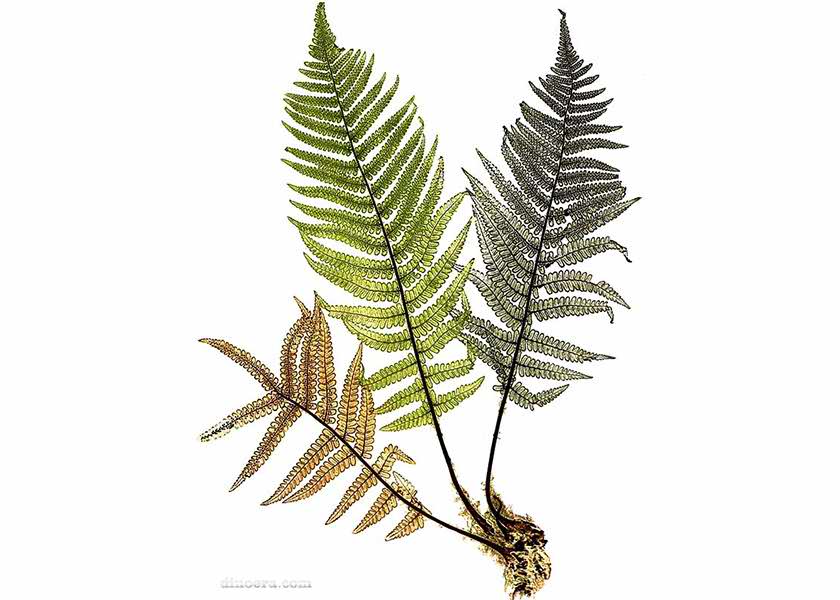
The origin of plants was a lengthy evolutionary process during which plants and animals descended from a common primitive ancestor. This occurred several billion years ago, even in the Archean eon. Unlike animals, plants possess chlorophyll, which gives them a green color. Plants are phototrophic in their mode of nutrition; they can feed on inorganic substances and, using the energy from the sun, synthesize the organic compounds they need (proteins, carbohydrates, sugars, starch, and more).
In traditional taxonomy, the Kingdom Plantae (also called Vegetabilia) is the group that includes all organisms capable of photosynthesis. Phylogenetic classification identifies the clade of Green Plants (Viridiplantae), which comprises two taxa: Chlorophyta (Green Algae) and Streptophyta (Higher Plants).

Phylogeny of Plants
The origin of plants and their evolution and development followed a path of constant increase in complexity, from the simplest single-celled organisms and algal mats to modern flowering plants.
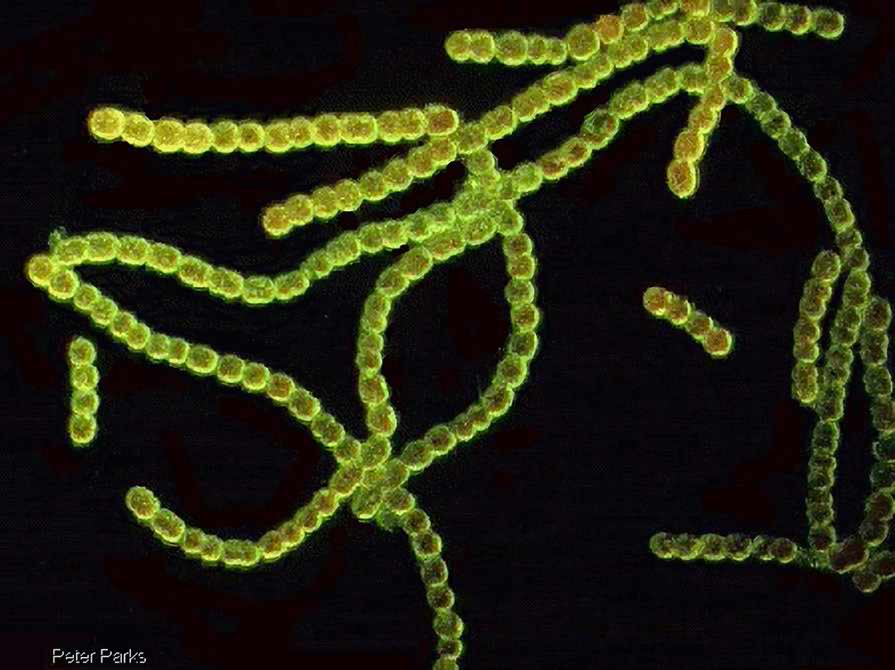

Cyanobacteria (Anabaena on the right)
The emergence of life and the appearance of the first microbes date back to around 3.8–3.5 billion years ago. Filamentous forms emerged approximately 3.3 billion years ago (in the Pilbara Craton). Microbes began to form the first ecosystems on land around 2.7 billion years ago. Prokaryotic cyanobacteria, also known as blue-green algae, are among the most primitive inhabitants of our planet. Around 2.1 billion years ago, reliable documentation confirms their existence, but it is possible that they already existed in bacterial mats during the Mesoarchean era, approximately 3.2–2.8 billion years ago.
Communities of cyanobacteria in the form of microbial mats are capable of creating stromatolites, layered mineral structures well-known from the Precambrian era and still forming today under specific conditions (such as in Shark Bay, Australia). Cyanobacteria use photosynthesis but are not plants in the strict sense. Purple bacteria (Purple bacteria) are also capable of photosynthesis.

Left: Dasycladales – Coelosphaeridium cyclocrinophilum. Ordovician. Scale=1 cm. ©BSPG
Righr: Thallus of Heterocladus waukeshaensis. Silurian. Scale=2.0 cm. ©LoDuca et al
In the Proterozoic eon, cyanobacteria were already represented by multicellular forms. Geological evidence of the photosynthesis process dates back to this era. Around 1.25 billion years ago, red algae, resembling modern forms, existed. Green algae were widely distributed in the biotas of Vendian and Cambrian periods, appearing around 1.2 billion years ago. They evolved from green flagellate organisms. Impressions of brown algae are noted in the Vendian. Around 1.2 billion years ago, algae had already spread to coastal marine margins, colonizing littoral zones. They formed algal deposits on coastal rocks and cliffs. Algal-like plants had already colonized freshwater environments by one billion years ago, as evidenced by their fossil remains. In the middle of the Neoproterozoic, around 850 million years ago, multicellular communities of photosynthetic organisms appeared on land. In Middle Cambrian deposits, fossil remains of calcareous green algae (Dasycladales) have been discovered.

Filaments of Green algae Cladophora glomerata. © A. Wellmann
Land plants (Embryophyta) originated from freshwater branched filamentous algae or unicellular terrestrial charophytes (Charophyta).

Mosses (Bryophyta)
Primitive terrestrial plants, quite distinct from vascular plants, likely evolved independently from chlorophyte algae, and possibly from brown algae. They first appeared as tiny plants reminiscent of liverworts in the Middle Ordovician period. These early moss-like plants lacked vascular tissues, which limited their size and confined them to moist terrestrial environments. However, they had already colonized the land. Their remains have been found in the Carboniferous period, but it is clear that this group developed much earlier, among the first terrestrial plants. Spores resembling liverwort spores have been discovered in the Ordovician period (Llanvirn, 470 million years ago). However, this group did not undergo significant further development. There is also a theory suggesting that mosses may have originated from rhyniophytes.
During the Silurian period, highly organized forms of algae emerged. However, advanced terrestrial forms could not develop until the ozone layer reached sufficient thickness to protect terrestrial organisms from ultraviolet radiation.
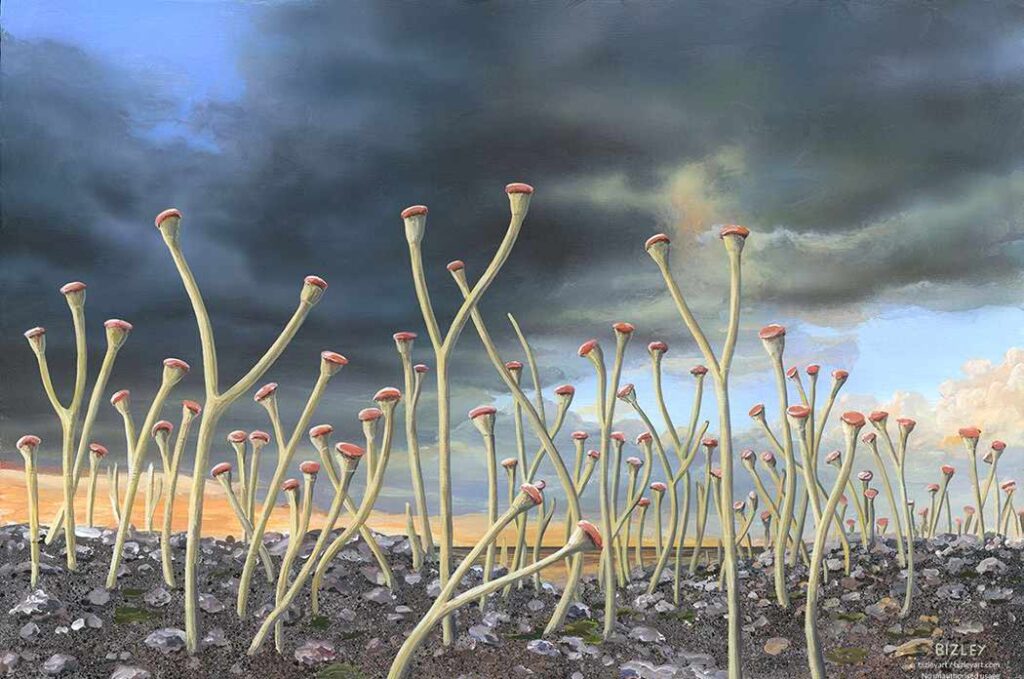
Cooksonia ©Richard Bizley
The next stage in plant evolution was the emergence of tracheophytes — vascular plants that initially reproduced through spores and later through seeds. The first spores have been found in the Cambrian, and from the Late Ordovician (Katian), 455 million years ago, three-lobed spores, similar to those of vascular plants, are known. The earliest known vascular plant is Cooksonia from the early Silurian (Wenlock).

Silurian landscape ©Richard Bizley
During the Ordovician, the first land plants, known as rhyniophytes, emerged with differentiated tissues. In the early Silurian, thalloid terrestrial plants inhabited marshy soils and covered a significant portion of low-lying areas. Rhyniophytes possessed a cuticle to prevent desiccation, stomata to regulate gas exchange, creeping rhizomes, tracheids for water and nutrient transport, and vertical dichotomous stems not exceeding 20 cm in height. However, true roots and leaves had not yet evolved. By the Late Silurian, they had spread widely along the partially submerged shores of shallow lagoons and rivers. The adaptations of early plants to harsh terrestrial conditions were facilitated by their symbiotic relationships with fungi (for example, Aglaophyton from the Rhynie chert).

Lycophites: Asteroxylon, Sigillaria, Lepidodendron. ©Meszaros
In the Late Silurian, the lycophytes evolved from zosterophylls and already had roots that were differentiated from the stems. Representatives of this group, such as Lepidodendrons and Sigillarias, were tall trees, reaching heights of up to 30–40 meters. They primarily grew in swampy areas. Branching was still dichotomous, and their leaves (phylloides) had a needle-like shape. By the Late Devonian, lycophytes constituted a significant part of the early forests, reaching their peak diversity during the Carboniferous period. All early plants were still spore-bearing.
The Devonian period marked a time of significant development for major plant groups, known as the “Devonian Explosion.” By the middle of the Devonian, plants such as Trimerophytes and Progymnosperms with secondary xylem had emerged, creating strong woody tissue. However, the evolution of wood occurred before the appearance of shrubs and trees. A decrease in atmospheric CO2 concentrations during the Devonian period led to the development of leaves, which independently evolved several times in different plant groups.
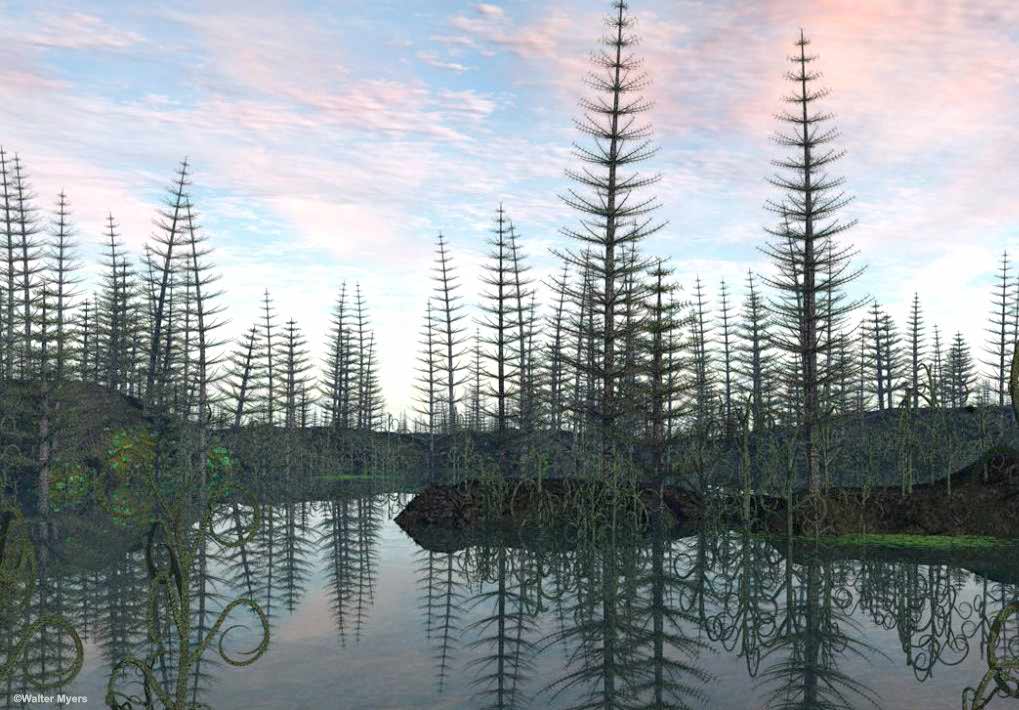
Calamites
During the early or middle Devonian, clubmosses, known as horsetails or Equisetum, evolved from trimerophytes. They colonized the shores of lakes and rivers, including sandy soils. Their heyday also occurred during the Carboniferous period, when true forests, including tree-like horsetails called calamites, emerged. At the beginning of the Mesozoic era, horsetails began to decline, and by the start of the Paleogene, only one genus, Equisetum, remained, which still exists today.

Filicinae
In the middle Devonian, fern-like plants, including woody forms (Cladoxylopsida), emerged. Ferns evolved during the early Carboniferous (Mississippian) and thrived in the Mesozoic era when large tree-like forms became widespread, but many of these are now extinct. Many modern plant families originated in the Cretaceous period. Ice ages pushed them towards the southern latitudes.
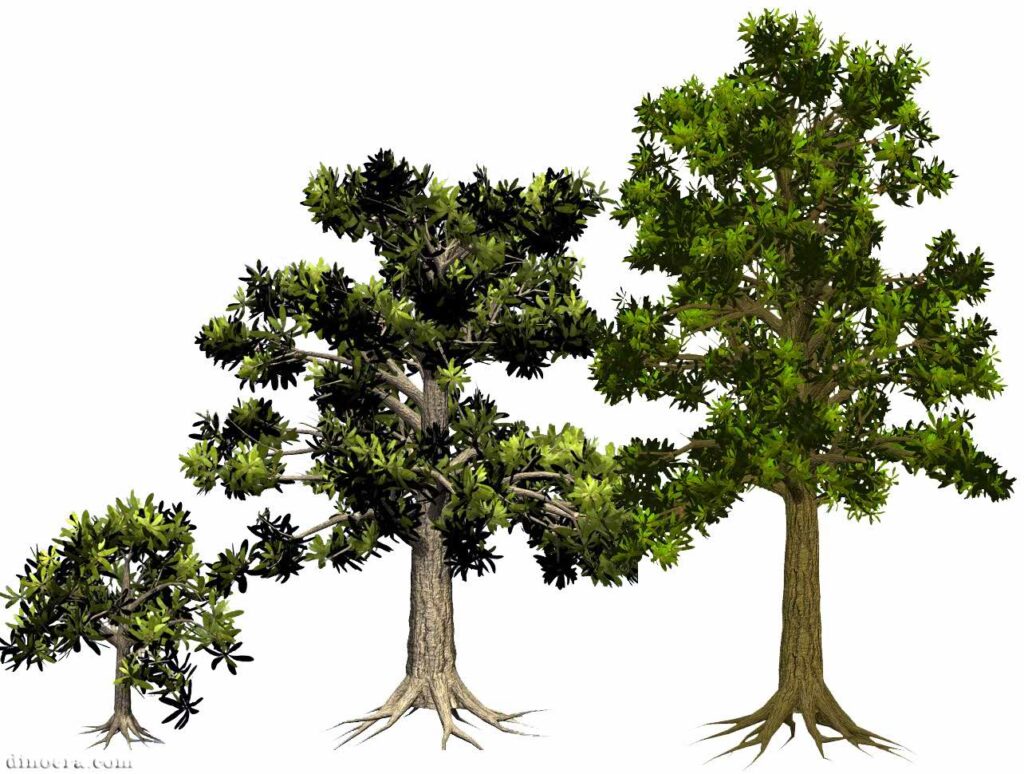
Glossopteris
From the middle Devonian to the early Carboniferous, there were the progymnosperms, which evolved from trimerophytes and gave rise to seed plants, including the ancestors of gymnosperms (conifers, cycads, and ginkgoes) and angiosperms (flowering plants). Progymnosperms took on shrub-like or tree-like forms and had true wood, but still reproduced through spores. Archaeopteris, which appeared in the Late Devonian, formed true forests.
During the Permian period, plants spread to inland and mountainous regions.
Runcaria, the precursor of seed plants, appears in the Middle Devonian. In the Late Devonian, gymnosperms emerged from progymnosperms. The first among them were seed ferns (Pteridosperms), such as Elkinsia, which existed from the Late Devonian to the end of the Cretaceous period. Later, there were cordaites (Early Carboniferous), cycads (Early Permian), ginkgoes (Permian), and conifers (Late Carboniferous). During the Mesozoic era, they dominated the Earth’s vegetation.

Williamsonia and cycas
The Bennettitales, which originated in the Permian and went extinct at the end of the Cretaceous, had flower-like structures. However, they are more closely related to cycads and ginkgoes than to angiosperms.
During the Triassic period, seed plants dominated terrestrial flora, with conifers being the predominant group.
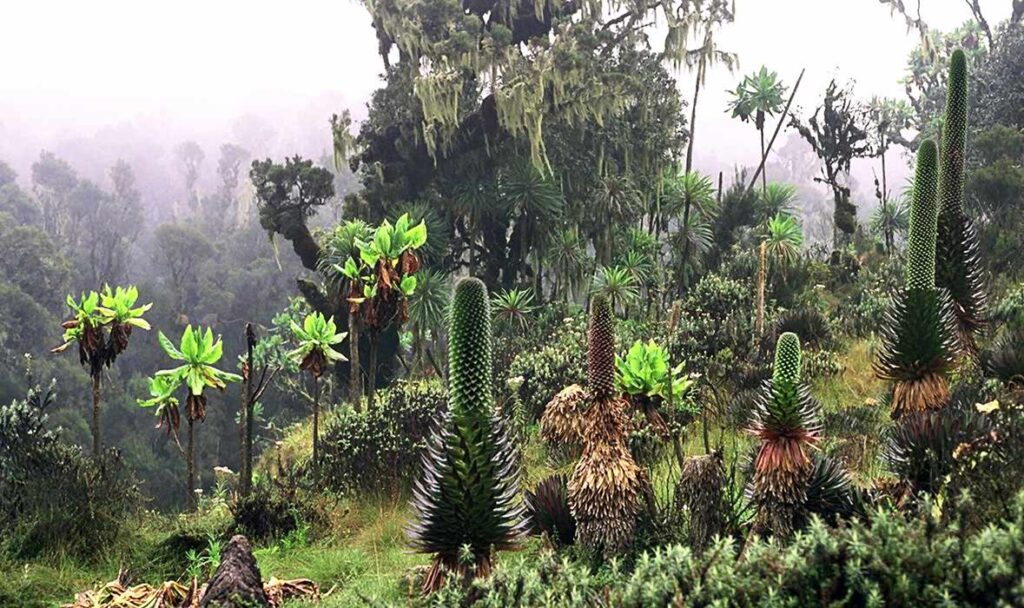
Modern Plants in the Bujuku Valley, Rwenzori Mountains National Park, SW Uganda. Center rear — a high Erica tree hung with lichen; left side — short “trees” with bright green leaves are Dendrosenecio adnivalis; and also Lobelia in front of straw flowers.
In the Jurassic period, angiosperms or flowering plants (Angiospermae) emerged. Molecular evidence suggests that the lineages of angiosperms and gymnosperms diverged as far back as the Late Devonian, around 365 million years ago. Initially, angiosperms played a minor role in the plant kingdom, but from the Late Cretaceous period (Campanian) onwards and into the present, they have become the most numerous group. First, the dicot group evolved, which gave rise to monocots in the early Cretaceous. Grasses, which descended from them over 60 million years ago, became important elements in ecosystems by the middle Eocene. By the middle Eocene, grasses had become one of the most significant components of the environment. Angiosperms have the broadest geographical distribution and are the dominant group among plants in our present era.




